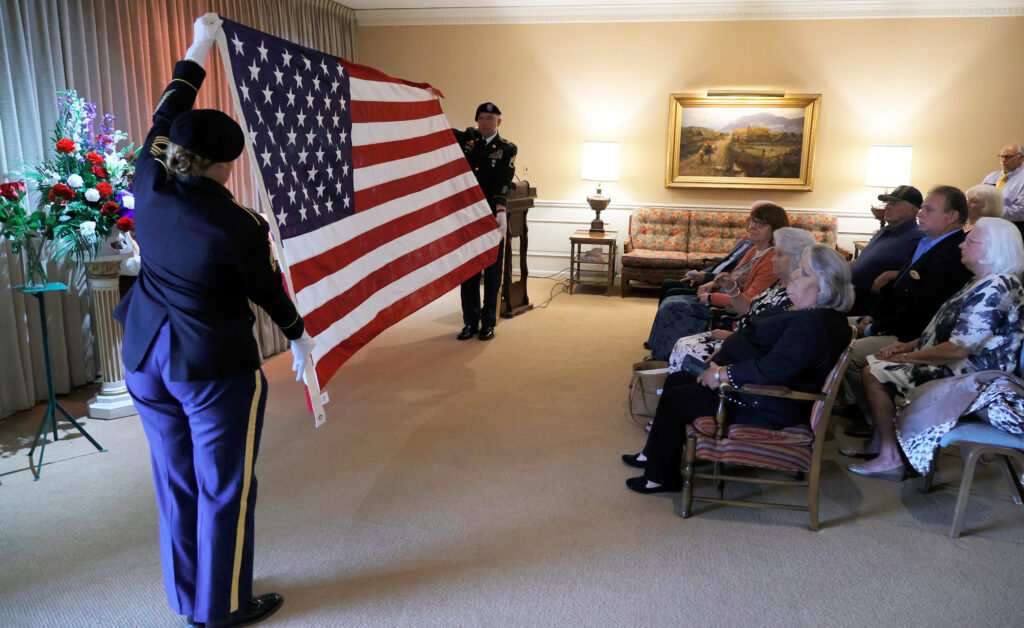Army Pfc. Philip T. Hoogacker, 23, came home to Livonia, Michigan, in 1950 for his mother’s funeral. Shortly after, he was sent to fight in the Korean War.
He never came back.
Seventy-one years later, Hoogacker has been accounted for and his family is able to honor him and get the closure they’ve needed for so long.
“We always hoped that they would find him, and they did,” said Helen Fennel, Hoogacker’s sister.

Fennel and her brother, Edgar Hoogacker, submitted DNA in the 1990s to aid with the identification process, and they never gave up. She said she “hollered” with joy when the Army informed her that they were able to identify him.
Philip was a member of Company D, 1st Battalion, 29th Infantry Regiment when he was reported missing in action in July 1950. His unit was attacked near Anui, South Korea, and historians believe that Hoogacker was taken by the Korean People’s Army, according to a news release from the Defense POW Accounting Agency. He was then taken to Seoul, and later Pyongyang, where they believe he died as a prisoner of war.
Although many decades have passed and the memories are fading, his family remembers him fondly — whether it’s for his weird sandwich combinations or the paper airplanes he made with his siblings.
Hoogacker’s funeral took place Friday at RG & GR Harris Funeral Home in Livonia. The Livonia Police Honor Guard and the U.S. Army Color Guard attended the service, giving a 21-gun salute and folding and presenting the flag to his family. He was to be buried Saturday in Livonia’s Parkview Memorial Cemetery at the feet of where his mother was laid to rest in 1950.
“This is a celebration,” said Ron Fennel, Hoogacker’s nephew. “This is a closure of one family but a recognition of the government’s commitment to the men and women who all throughout history have fought and defended this country. And they did so in service to a bigger cause.”

Some are still waiting for their loved ones to be accounted for, including Patricia Ozybko, who wandered into the service after reading about Philip’s identification.
Ozybko’s brother, John Donovan, was killed in action in 1951 during the Korean War. She’s still waiting, hoping that her brother will be brought home.
“When I saw this, I think I wanted to come to support them because, if I’m gone when they find my brother’s remains, I would hope that people would still come,” Ozybko said through tears.
Ozybko said meeting Helen, Edgar and the rest of Hoogacker’s family gave her hope that her brother might still be accounted for.
“A lot of people have not had this closure,” Helen Fennel said. “And that’s why I wanted people to know, because they’re still searching. And there’s still hope out there.”
In 1954, the U.S. government was able to get the remains of unidentified lost soldiers from the Korean War. They were interred in the National Memorial Cemetery of the Pacific in Honolulu, also known as the Punchbowl. About 7,500 Americans remain unaccounted for from the Korean War, the release said.
Helen Fennel said she’s hung a picture of her brother on her fridge since the day he disappeared.
“He died for our country,” she said. “And we’re so glad he’s here, back home again.”
___
© 2021 www.freep.com Distributed by Tribune Content Agency, LLC



